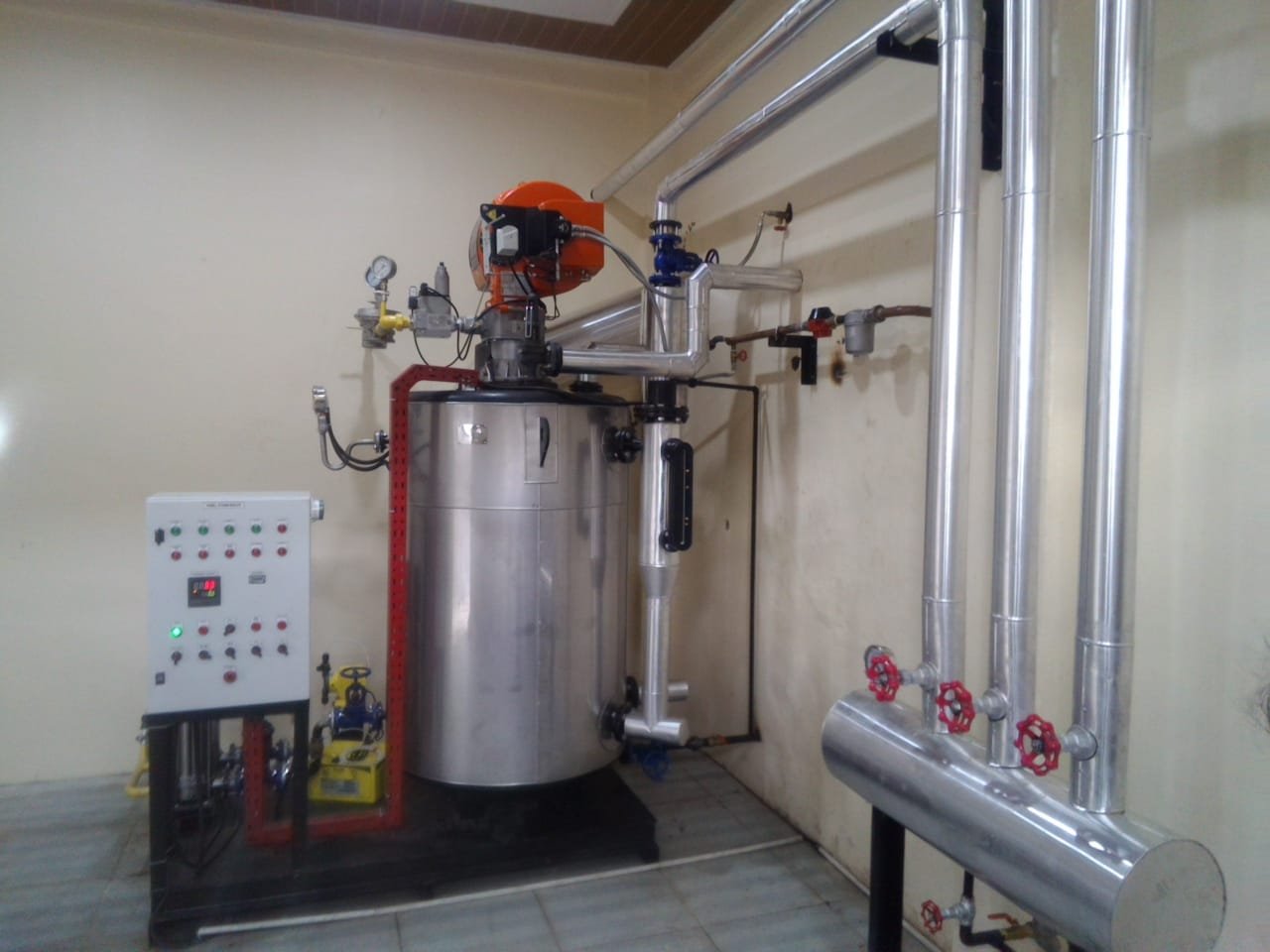Firetube And Watertube Boiler
What is a boiler?
Boilers are vessels or closed containers where there is liquid (usually water) which is heated by combustion heat until the water is in the form of hot water or steam. Pressurized steam is then used to drain heat into a process.
What are the boiler components?
Boilers have at least the following components:
1. Furnace
This is a fuel burning place. Furnace parts include: ignition chamber, burner, exhaust for flue gas, refactory, charge and discharge door.
2. Steam Drum
Steam drums are hot water reservoirs and steam generation. The result is steam that is still saturated.
3. Superheater
This component functions to scrub the still saturated steam into the steam form which is ready to produce turbines.
4. Water Heater
Air heater is a heating room that is used to heat the absorbed outside air to minimize the humidity of the air that will enter the furnace.
5. Economizer
This component is used to heat water from water that has been condensed from before and from the new system.
6. Safety Valve
This is a steam exhaust if the steam pressure exceeds the boiler pressure capability.
7. Blowdown Valve
Blowdown valve is a channel that functions to remove deposits in the steam pipe.
What is a Fire-Tube and Water-Tube Boiler?
Fire-Tube and Water-Tube Boilers are one type of boiler type based on pipe type.
1. Fire-Tube Boiler
This type of boiler, the ignition process occurs in the pipe then heat is flowed into the boiler containing water to make steam. The size of the boiler affects the capacity and pressure produced by the boiler. Fire-Tube boilers are usually used for relatively low capacity and pressure. The fuel used in Fire-tube Boilers can be fuel oil, gas, or solid fuel.
2. Water-Tube Boiler
Water-Tube Boiler is a boiler with an ignition process that occurs outside the pipe which then heats the pipe containing water which was previously conditioned through an economizer. The resulting steam is then collected in a container called steamdrum. When the temperature and pressure are appropriate, new steam can be flowed into the turbine.
What are the disadvantages and advantages of Fire-tube and Water-tube Boilers?
In Fire-tube boilers, there are several advantages, namely, the installation process is easy and does not require special settings, the shape is more compact and portable, does not require a large area for 1HP Boiler. While the drawback is that it can only be used with low operational pressure of around 18bar, its capacity is relatively small, its combustion is difficult to reach for cleaning, repairing and checking its condition. Fire-Tube Boilers also have low efficiency values.
